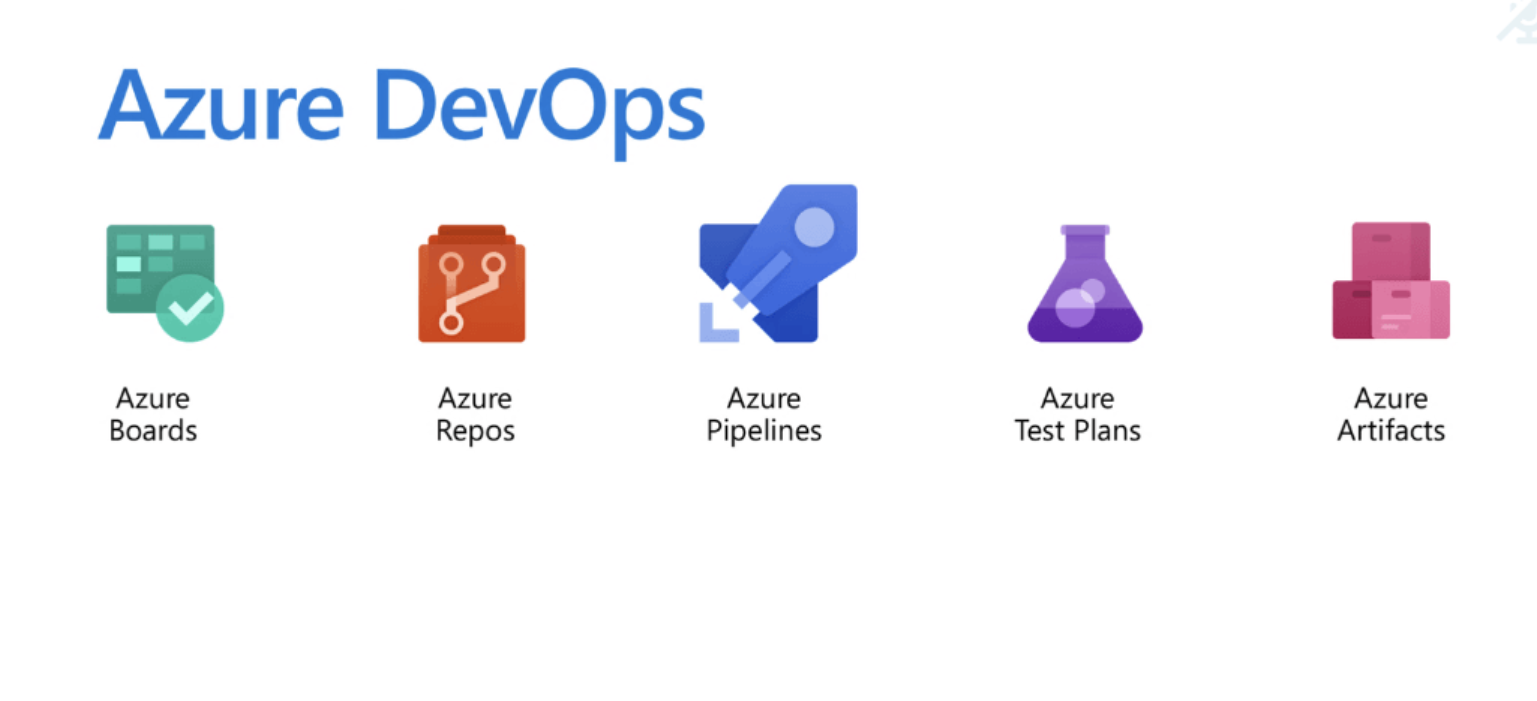Embarking on a DevOps Journey with Azure DevOps
As a developer constantly seeking ways to enhance efficiency and streamline workflows, I’ve decided to embark on an exciting journey: introducing Azure DevOps into my development process. This decision marks a significant milestone in my dev journey, and I’m thrilled to share this experience with you.
What is DevOps?
DevOps is a cultural and technical movement that brings together software development (Dev) and IT operations (Ops). Its primary goal is to shorten the system development life cycle and deliver high-quality software continuously. By fostering a collaborative environment between development and operations teams, DevOps aims to improve efficiency, increase deployment frequency, and enhance reliability.
Why Azure DevOps?
Azure DevOps, a set of development tools and services from Microsoft, has gained popularity for its robust features and seamless integration capabilities. Here’s why I’ve chosen Azure DevOps for my projects:
- Comprehensive Toolset: Azure DevOps provides a full suite of tools, including Azure Repos for source control, Azure Pipelines for CI/CD, Azure Boards for work tracking, and Azure Test Plans for testing. This integrated approach simplifies managing different aspects of the development lifecycle.
- Scalability and Flexibility: Whether you’re a solo developer or part of a large team, Azure DevOps scales to meet your needs. Its flexibility allows integration with a wide range of third-party tools and services, ensuring it fits seamlessly into your existing workflow.
- Cloud Integration: As a cloud-based service, Azure DevOps offers excellent integration with Azure cloud services, making it easier to deploy and manage applications in the cloud.
- Continuous Improvement: Azure DevOps supports continuous integration and continuous deployment (CI/CD), which are crucial for modern development practices. This enables faster feedback, quicker releases, and higher-quality code.
My DevOps Journey: Initial Steps
Starting this DevOps journey involves several steps, each contributing to a more streamlined and efficient development process. Here’s how I’m beginning:
1. Setting Up Azure DevOps
The first step is to set up an Azure DevOps organization. This serves as the central hub for all my projects, repositories, and pipelines. The setup process is straightforward, and Microsoft provides extensive documentation to guide you through it.
2. Migrating Repositories
Next, I’ll migrate my existing code repositories to Azure Repos. This move centralizes version control, making it easier to manage code changes, track history, and collaborate with others.
3. Configuring CI/CD Pipelines
Continuous integration and continuous deployment are core principles of DevOps. By configuring Azure Pipelines, I can automate the building, testing, and deployment of my applications. This automation reduces manual intervention, speeds up releases, and ensures consistent quality.
4. Managing Work with Azure Boards
Azure Boards will help me track work items, plan sprints, and manage backlogs. Its powerful features allow for better project management and team collaboration, ensuring that all tasks are visible and progress is easily monitored.
5. Implementing Testing Strategies
Quality is paramount in software development. Azure Test Plans offers tools for manual and exploratory testing, helping identify and address bugs before they reach production. Integrating these tests into CI/CD pipelines ensures ongoing quality assurance.
The Road Ahead
Introducing Azure DevOps is just the beginning. As I delve deeper into this journey, I anticipate encountering challenges and discovering best practices that will shape my development process. Here are some goals I aim to achieve:
- Continuous Learning: DevOps is an ever-evolving field. Staying updated with the latest trends and best practices is crucial for long-term success.
- Community Engagement: Sharing knowledge and learning from the DevOps community can provide valuable insights and foster innovation.
- Efficiency Improvements: Continuously refining processes to enhance efficiency and reduce bottlenecks is a key objective.
Conclusion
Transitioning to Azure DevOps represents a commitment to embracing modern development practices and continuous improvement. By integrating Azure DevOps into my workflow, I’m not only enhancing my productivity but also ensuring that my applications are delivered with higher quality and greater reliability.
Stay tuned to this blog for updates on my progress, insights into the challenges I face, and tips on leveraging Azure DevOps to its fullest potential. Join me on this exciting journey, and let’s explore the future of DevOps together!

